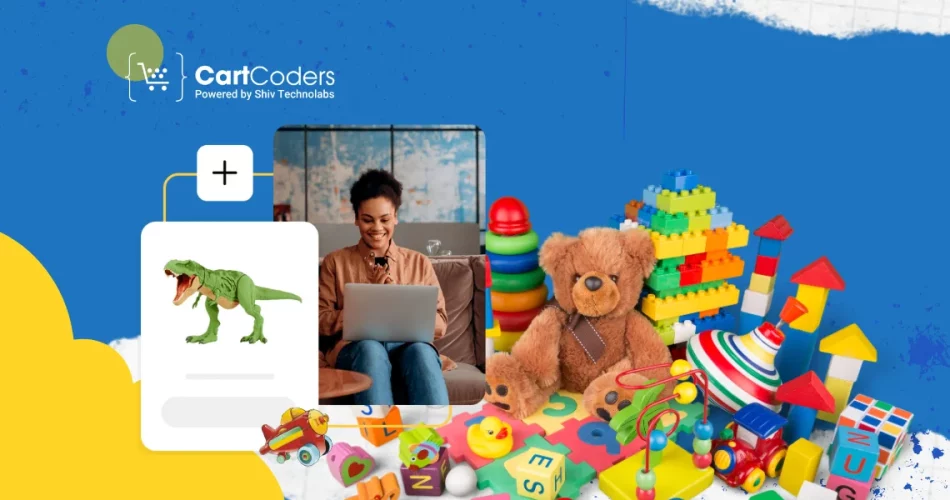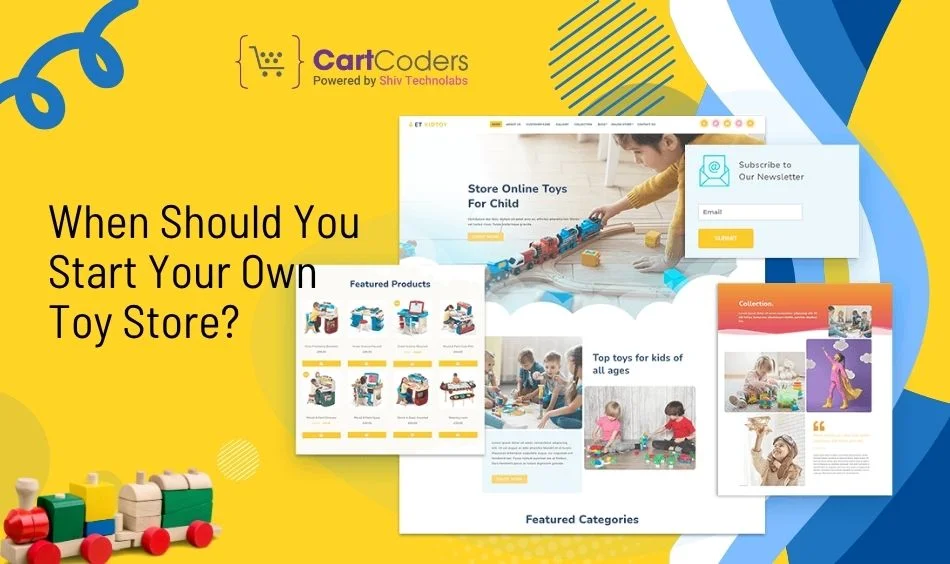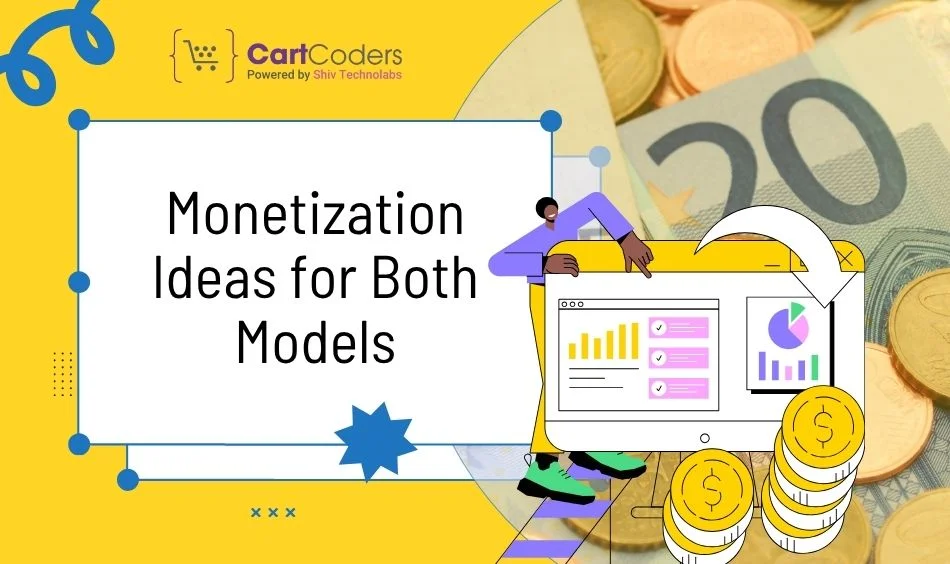Custom Engagement Solutions
Unlock tailored solutions with a free, no-obligation strategy session.
Expert Developers & Engineers on Demand
Scale Your Team with Skilled IT Professionals
Expert Guidance for Digital Transformation

Selling used toys online isn’t just a way to clean up your storage room anymore. With the growing demand for second-hand products, especially among budget-conscious parents, reselling toys has become a smart business idea.
But before you dive in, you need to decide: will you run your own toy store or build a marketplace where others can list and sell?
This post walks you through the difference between the models, their technical needs, features to consider, and which one fits your goals best.
Whether you’re launching a personal storefront or planning to host multiple sellers, we’ll help you understand what it takes to build and run a used toy platform.
Before building your platform, you need to pick the right model. Each one serves a different kind of seller and buyer experience.
Here’s a quick comparison to help you decide:
| Feature | Toy Store | Marketplace |
| Who Sells | Only you | Multiple sellers |
| Inventory | Managed by you | Managed by each seller |
| Revenue | Profit per item | Commission, seller plans, ad placements |
| Tech Setup | Simpler | More complex (vendor dashboards, payouts) |
| Control | Full control over products | You manage platform rules only |
| Growth Potential | Steady | Scales faster with more sellers |
| Maintenance | Moderate | Ongoing support for sellers |
In short:

Running your online kids’ toy store makes sense when you want full control, from pricing and photos to packaging and customer support. It’s also a good fit if you already have a collection of used toys or easy access to second-hand stock.
If you want to test the waters or start small without managing other sellers, this is a better choice.
A marketplace setup works best when you want to invite others to sell used toys through your platform. Instead of managing all the inventory yourself, you give sellers the tools to list, price, and ship their own items.
Your focus shifts from selling toys to managing the platform.
A marketplace demands more work upfront, but once set up well, it can scale quickly, especially when parents, collectors, or local resellers join in.
Building your platform comes with different cost expectations depending on the route you choose. A toy store is simpler and more affordable, while a marketplace needs more advanced features and development time.
| Feature/Need | Toy Store | Toy Marketplace |
| Shopify Setup | $600–$1,500 | $1,500–$3,000 |
| Vendor Management | Not required | $1,000–$2,000 (admin + seller dashboards) |
| Payment Flow | Basic checkout | Split payments, commission logic |
| Hosting & Maintenance | Low | Medium to High |
| Feature Customization | Minimal | Extensive (multi-seller logic, ratings) |
| Time to Launch | 2–4 weeks | 5–8 weeks or more |
| Total Estimated Cost Range | $600–$2,500 | $3,000–$6,000+ |
Note: These are ballpark figures for a Shopify-based setup. Costs may vary based on scope and required custom work.
CartCoders can help you choose the right approach and build it based on your budget and business model.

Whether you’re running a toy store or a marketplace, the real goal is to turn visitors into revenue. The way you earn depends on your platform model, and there’s room to get creative with both.
Since you manage inventory and sales, profits come directly from each transaction. Here are some ways to grow income:
A marketplace opens more revenue streams beyond direct sales:
Both models can also benefit from:
No matter which model you choose—store or marketplace—certain features can make or break the shopping experience.
Below are must-have features to build into your used toy platform.
These features increase retention, reduce drop-offs, and build a trustworthy environment for second-hand shopping.
CartCoders builds custom Shopify solutions for both toy stores and marketplaces. Whether you’re starting solo or planning to host hundreds of sellers, we help shape your idea into a live platform, with the right tools from day one.
“You bring the business idea—CartCoders handles the build.”
Selling used toys online is more than a trend—it’s a space with real demand and long-term value. The path you choose depends on your starting point.
If you’re starting small with your collection, a single-seller toy store gives you control and a quick launch. But if you’re thinking bigger, a marketplace lets you bring in other sellers and grow beyond your inventory.
Each model comes with its own build, features, and upkeep, but with the right setup, both can lead to steady sales and strong customer loyalty.
CartCoders builds kids’ toy platforms that match your business needs, a store, or a marketplace.
Let’s build something your buyers (and their kids) will love. Contact us now!
Projects delivered in 15+ industries.
95% retention rate, building lasting partnerships.
Serving clients across 25+ countries.
60+ pros | 10+ years of experience.